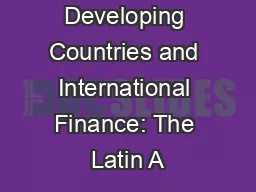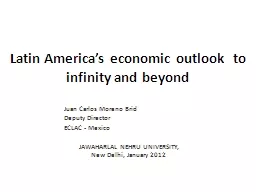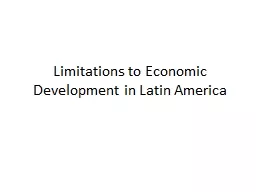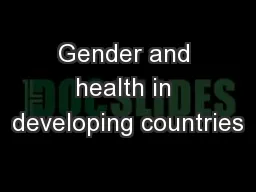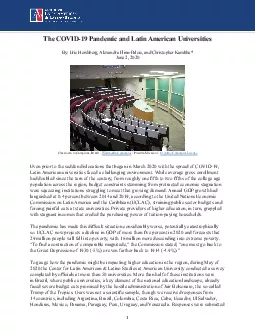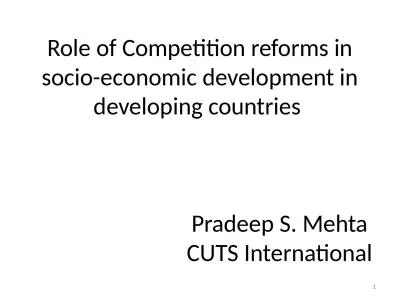PPT-Developing Countries and International Finance: The Latin A
Author : giovanna-bartolotta | Published Date : 2017-04-08
International Political Economy Prof Tyson Roberts 1 Lecture Goals Overview of Financial Crises 1980s Debt Crises 2 Financial Crisis Overview Borrowers can save
Presentation Embed Code
Download Presentation
Download Presentation The PPT/PDF document "Developing Countries and International F..." is the property of its rightful owner. Permission is granted to download and print the materials on this website for personal, non-commercial use only, and to display it on your personal computer provided you do not modify the materials and that you retain all copyright notices contained in the materials. By downloading content from our website, you accept the terms of this agreement.
Developing Countries and International Finance: The Latin A: Transcript
Download Rules Of Document
"Developing Countries and International Finance: The Latin A"The content belongs to its owner. You may download and print it for personal use, without modification, and keep all copyright notices. By downloading, you agree to these terms.
Related Documents

